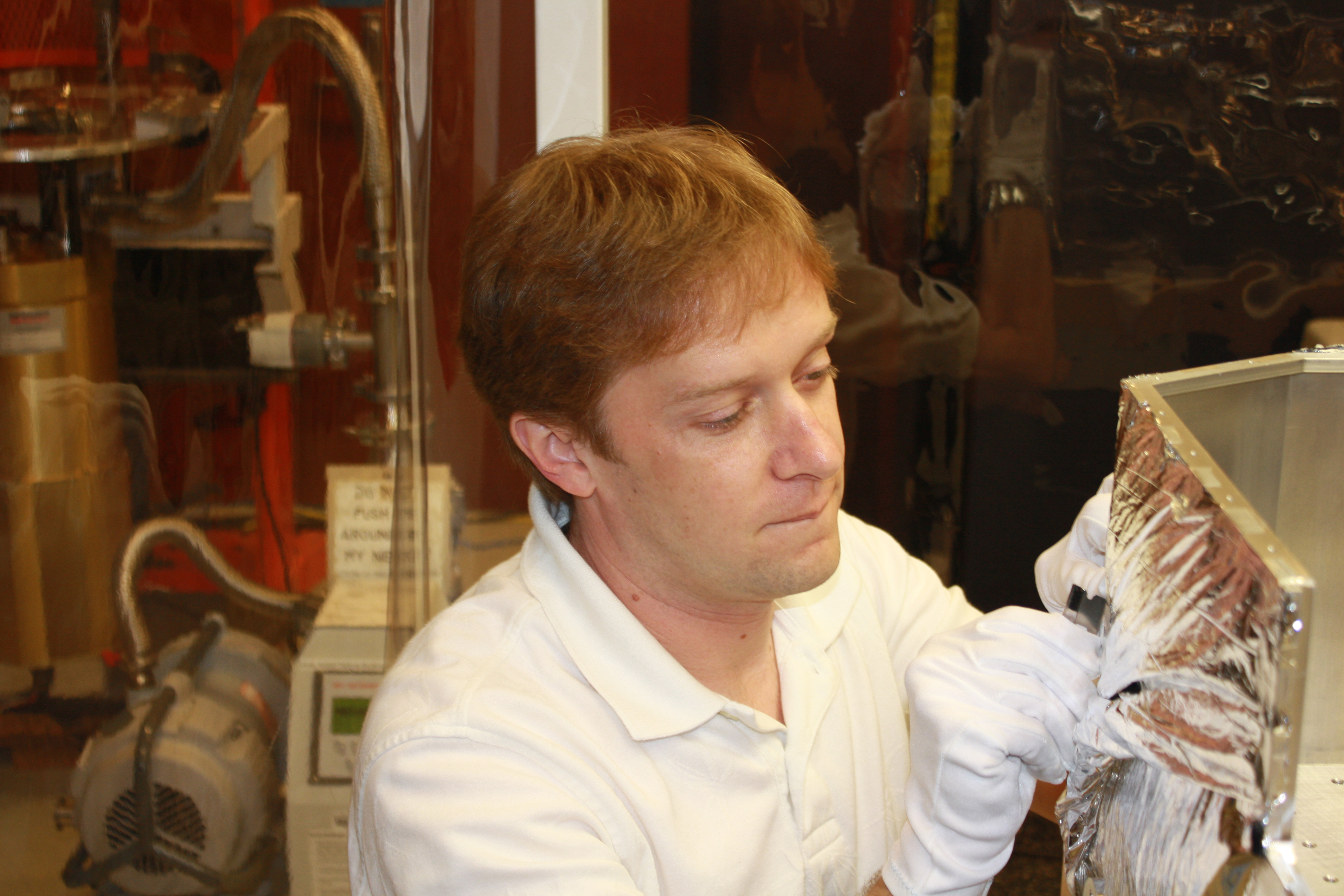A Local Star: UCLA professor leads work on Thirty Meter Telescope attachment

James Larkin, a UCLA astronomy professor, is part of a collaborative project to build the world’s most advanced telescope.
By Chandini Soni
Aug. 19, 2013 1:08 a.m.

For Professor James Larkin, gazing through a telescope at an endless number of stars is like looking through a window to the past.
By studying galaxies at different distances, the astronomy professor’s research seeks to answer questions about the origin of the universe and how galaxies form.
Apart from using telescopes to solve astronomical mysteries, Larkin helps design telescopic attachments. He will be one of more than 100 people from countries around the world collaborating on a project to build the Thirty Meter Telescope, which will be the most advanced telescope in the world when it begins scientific operations in Hawaii in 2022 .
Larkin is the lead investigator designing one of three main attachments to the telescope. The attachments will be mounted behind the adaptive optics system , which Larkin says “undoes the twinkling of stars” by correcting for the distortion of light caused by air turbulence in the atmosphere. The instrument Larkin is building is called an InfraRed Imaging Spectrograph or IRIS.
Larkin said having the chance to see and learn things that have never been seen before is one of the most exciting parts about building a new instrument.
“We do a lot of simulations about what (the telescope) will be able to do,” Larkin said. “It is also relaxing to put together the mechanisms by putting in the nuts and bolts.”
He said using the final, finished physical machine after years spent designing something on a computer is the most rewarding part.
Larkin has built similar telescopic attachments for the W. M. Keck Observatory in Hawaii and the Gemini South Telescope in Chile , which are some of the largest telescopes in the world today.
The attachment will be able to produce images three times sharper than what is currently achievable by the largest telescope that exists today, Larkin said.
Using current telescopes, scientists can only see galaxies that are about 13 billion years old in a universe that is 13.7 billion years old.
“We might be able to watch the first stars turn on (with the new telescope),” Larkin said.
The Thirty Meter Telescope will be a collaborative project between the University of California, the California Institute of Technology and institutes in Japan, Canada, India and China.
Ian McLean, a UCLA professor of physics and astronomy who recruited Larkin from the University of Chicago in 1997, described Larkin as an incredible teacher with a lot of energy .
McLean said he recruited Larkin because of the pioneering work he was doing in the field of adaptive optics and his penchant for astronomical instrumentation, and McLean said has not once regretted his decision.
Although he had a small telescope when he was in high school, Larkin said he got bored with it after a month. His interest in astronomy was piqued when he received an opportunity to do research work with the then-largest telescope in the world at the Palomar Observatory as a graduate student at Caltech .
He said he revels in opportunities to use telescopes to study the structure and origin of the universe.
“It was just amazing that we could take pictures that had never been seen before and answer questions that had not been answered before,” Larkin said. “I enjoyed getting to use the big telescope to find out what the universe was like before we were here.”
Apart from designing telescopes and doing research about the evolution of the universe, Larkin said he also likes teaching classes, including part of GE Cluster 70: Evolution of Cosmos and Life.
“I think astronomy is something very many people are naturally interested in,” Larkin said. “You can get people very excited by giving examples of special relativity and quantum mechanics and expose kids to mysteries (of the universe).”
Crystal Gaeta, a second-year business economics student, said Larkin’s class made her curious about science.
“He would make things easier (without detaching) from the scientific terms,” Gaeta said.
As a part of the class, Larkin takes about 40 students on optional fossil hunting field trips every year and has “star parties” where students use smaller, departmental telescopes to look at galaxies and nebula in the sky.
When his children were younger, Larkin said he would sometimes bring them along on the field trips.
Larkin said he relishes the opportunity to teach students what we know about the evolution of the universe, as well as uncover the mysteries behind it.
While balancing all the different aspects of his job can be difficult, Larkin said he likes that every day is different.


